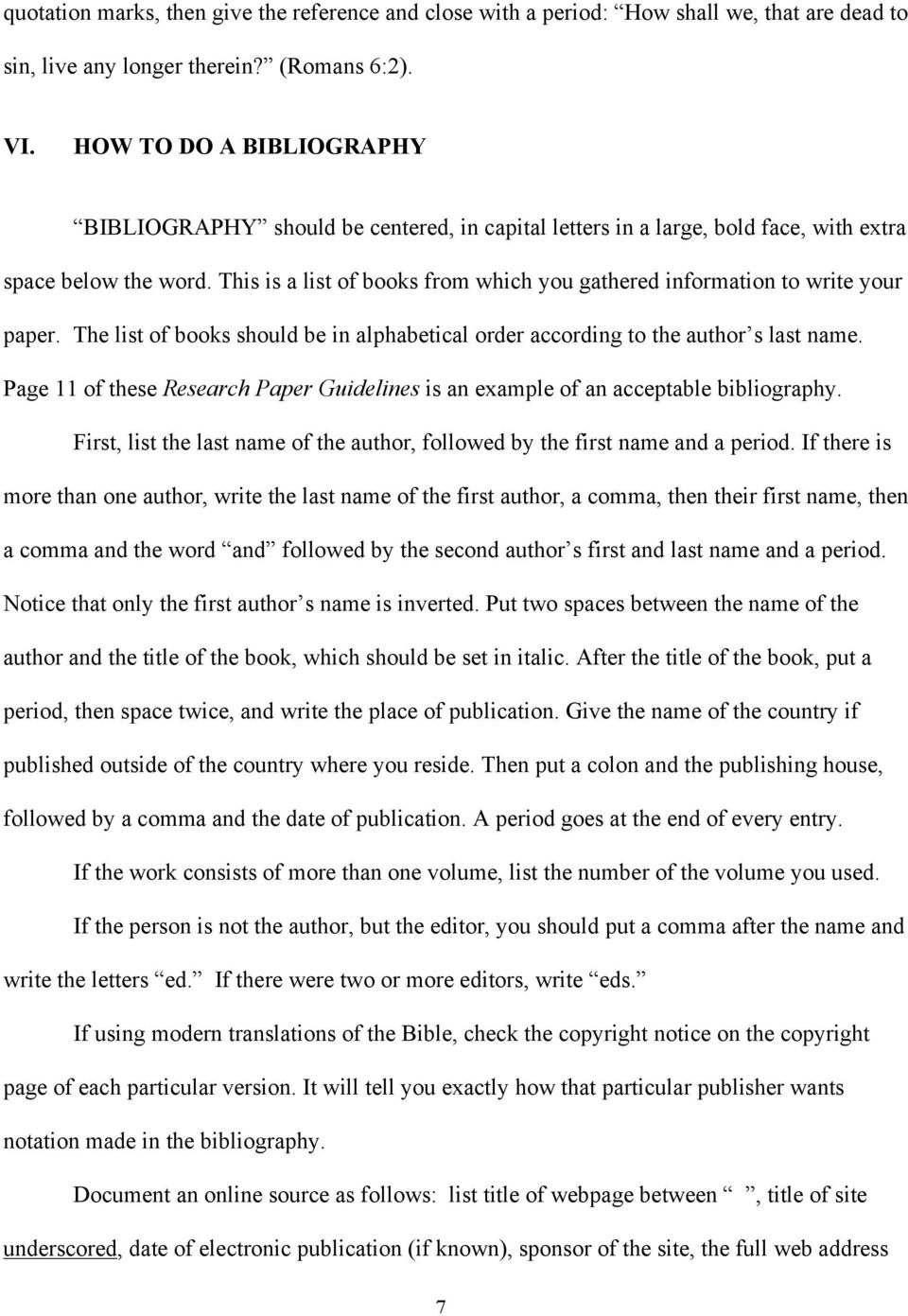Summary Statistics and Graphs with R.
Summary Statistics for Groups When dealing with grouped data, you will often want to have various summary statistics computed within groups; for example, a table of means and standard deviations. This can be done using the tapply() command.
R Help: help() and ? The help() function and ? help operator in R provide access to the documentation pages for R functions, data sets, and other objects, both for packages in the standard R distribution and for contributed packages.

Data Summary Statistics Assignment Help Test ratings that are in the 60-90 variety may be anticipated while ratings in the 20-70 variety may suggest an issue. Variety isn’t really the only step of spread.
Summary. Calculates summary statistics for field(s) in a table. Usage. The Output Table will consist of fields containing the result of the statistical operation. The following statistical operations are available with this tool: sum, mean, minimum, maximum, range, standard deviation, count, first, and last. The Median operation is not available.

This section describes basic (and not so basic) statistics. It includes code for obtaining descriptive statistics, frequency counts and crosstabulations (including tests of independence), correlations (pearson, spearman, kendall, polychoric), t-tests (with equal and unequal variances), nonparametric tests of group differences (Mann Whitney U.

You can now replicate the summary statistics produced by R’s summary function on linear regression (lm) models! If you’re interested in more R tutorials on linear regression and beyond, take a look at the Linear Regression page.

In Part 10, let’s look at the aggregate command for creating summary tables using R. You may have a complex data set that includes categorical variables of several levels, and you may wish to create summary tables for each level of the categorical variable. For example, your data set may include the variable Gender, a two-level categorical variable with levels Male and Female. Your data set.

Basic summary statistics by group Description.. To get descriptive statistics for several different grouping variables, make sure that group is a list. In the case of matrix output with multiple grouping variables, the grouping variable values are added to the output.

Help with outreg2 to get summary statistics. I'm having trouble getting outreg2 to post tables to word. I would like to get nice looking tables into word but it seems like given it's name, outreg2 is a bit more suited towards outputting regression results.

I have R data frame like this: age group 1 23.0883 1 2 25.8344 1 3 29.4648 1 4 32.7858 2 5 33.6372 1 6 34.9350 1 7 35.2115 2 8 35.2115 2 9.

The R Project for Statistical Computing Getting Started. R is a free software environment for statistical computing and graphics. It compiles and runs on a wide variety of UNIX platforms, Windows and MacOS. To download R, please choose your preferred CRAN mirror.

The statistics for your data set can be inspected using the Summary: Summary Data drop down. This will open the General Statistics window, which gives statistics for the data set as a whole, for the Species, and for the Samples; you can select which set of statistics to view from the bottom bar of the General Statistics window.

Summary Statistics Summary Statistics tables typically provide sample population counts as well as averages for variables in the dataset. Stargazer’s default will produce a table with both of these measures as well as Standard Deviation, Minimum and Maximum values. 2. The syntax for the Summary Statistics command has four main arguments.



